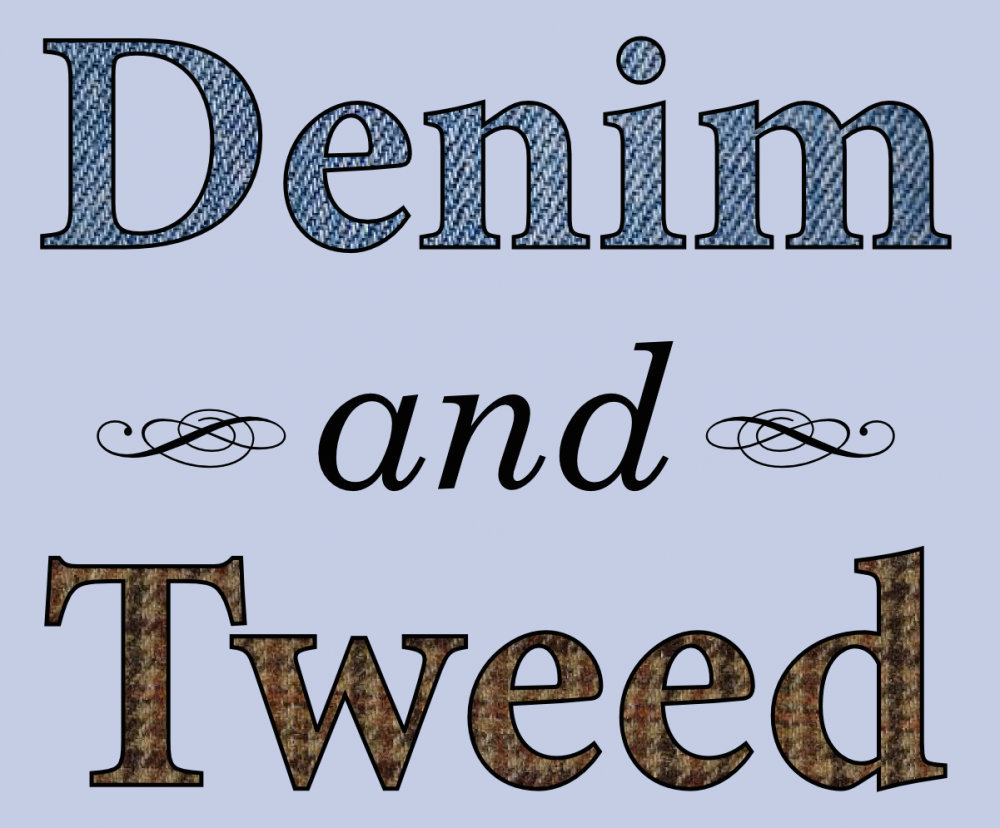
Medicago truncatula, or barrel clover, a member of the legume family that hosts bacteria in its roots. The bacteria transform nitrogen gas from the atmosphere into fertilizer for their host plant, and the host feeds the bacteria with sugar. Experiments with barrel clover and its mutualists have shown that signals between the plant and the bacteria are important in this interaction, and provide an inspiration for the evolutionary models built by Yoder and Tiffin. (Flickr: jby)
I’m very excited to see this in virtual print — it’s a new model of coevolution between mutualists that takes into account signals between the partners as well as the benefits they provide each other (or don’t).
Yoder JB and P Tiffin. 2017. Sanctions, partner recognition, and variation in mutualism. American Naturalist doi: 10.1086/693472.
I’ll try to write about this in more depth at some point, but here’s the lay summary at the American Naturalist website:
Mutually beneficial relationships between species, or mutualisms, are ubiquitous in the living world, with examples ranging from flowering plants that rely on animal pollinators to fish that clean the teeth and scales of other fish. Mutualisms are often imperfect — one partner or the other varies in the quality of the help it provides. Evolutionary theory predicts that this should break up the relationship, but most mutualisms hold together in spite of partners that take the benefits of mutualism without properly paying them back.
This paradox may be explained by the fact that there’s more to mutualism than trading goods or services. This is a key result of mathematical evolutionary models published in the American Naturalist by Jeremy Yoder and Peter Tiffin, biologists at the University of British Columbia and the University of Minnesota. Yoder and Tiffin built a mathematical evolutionary model of mutualists that communicate before trading resources, and compared it to simpler models with only resource-trading or only communication. In the model with communication and resource-trading, host could “sanction” by cutting off resources to prevent poor quality partners from taking over, but evolution of the signals sent by partners and the hosts’ response to those signals maintained variation over time. Neither of the simpler models could do this. With only resource-trading, sanctions eliminated all poor-quality partners, and all variation; with only communication, poor-quality partners took over the mutualism.









